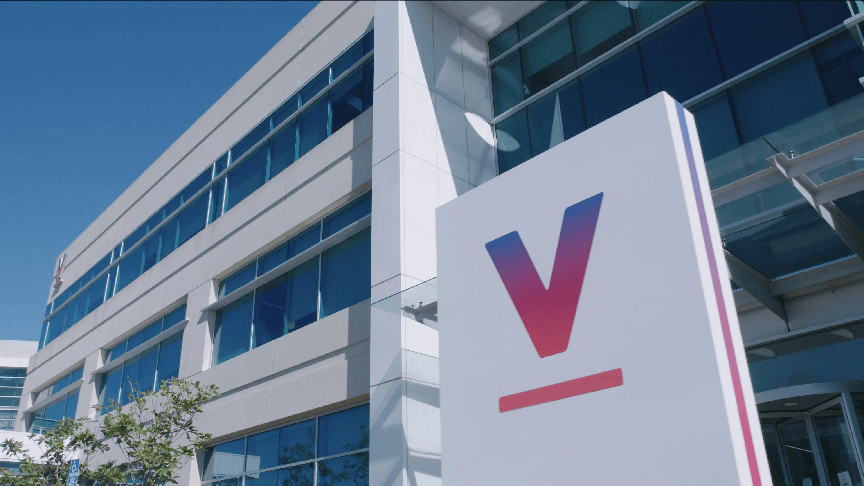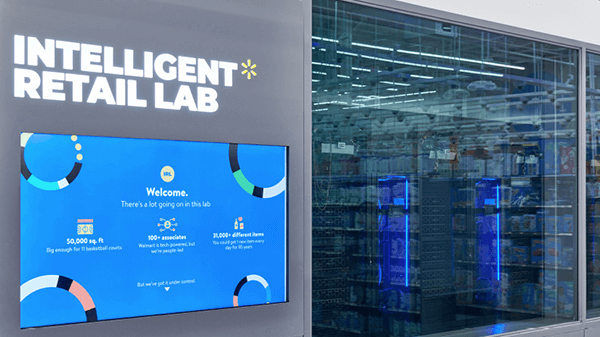How AI and Cloud Computing are Converging
Introduction
The digital age has been marked by remarkable independent advancements in both Artificial Intelligence (AI) and cloud computing. However, when these two titans of tech join forces, they give rise to a synergy potent enough to fuel an entirely new wave of technological innovation. This convergence is not just enhancing capabilities in data analytics and storage solutions; it is reimagining how we interact with and derive value from technology.
The Synergy of AI and Cloud Computing
The unification of AI and cloud computing is no mere melding; it is an orchestrated fusion of strengths where each technology amplifies the capabilities of the other. Cloud computing presents an almost boundless arena for AI operations, granting access to on-demand computing power and expansive data storage possibilities. This environment is primordial for the growth of AI, which thrives on data and requires significant computational resources to evolve.

Enabling Scalability and Accessibility
The cloud provides a scalable infrastructure that can grow with the demands of AI algorithms. This elasticity means that as AI models become more complex or as datasets expand, the cloud can adapt with additional resources. Startups to large enterprises can leverage this capability, entering arenas that were once dominated by tech giants with significant on-premise resources. Accessibility is another key boon, with cloud services democratizing AI by offering high-level compute resources remotely to anyone with internet access.
Advancements in Machine Learning Platforms
Cloud providers have recognized the necessity of specialized platforms for machine learning and AI. For instance, services such as Google Cloud AI, Amazon SageMaker, and Microsoft Azure Machine Learning provide integrated environments for the training, deployment, and management of machine learning models. These services offer pre-built algorithms and the ability to create custom models, significantly reducing the time and knowledge barrier for businesses to incorporate AI solutions.
Data Management and Analytics at Scale
AI’s insatiable appetite for data pairs perfectly with the cloud’s solution to storage. Cloud platforms can effectively manage vast datasets, making it feasible to store and process the big data which AI systems analyze. Furthermore, AI enhances cloud capabilities by introducing analytics and machine learning directly into the data repositories, allowing for more advanced data processing and extraction of insights.
Intelligent Automation and Resource Optimization
AI introduces smart automation of cloud infrastructure management, optimizing resource usage without human intervention. Algorithms predict resource needs, automatically adjusting capacity, and ensuring efficient operation. This not only decreases costs but also improves the performance of hosted applications and services.
Case Studies: Successful Convergence in Action
The convergence of AI and cloud computing has led to successful implementations across various sectors:
Healthcare Delivery and Research
In healthcare, Project Baseline by Verily (an Alphabet company) is a stellar example. The initiative leverages cloud infrastructure for an AI-driven platform that collects and analyzes vast amounts of health-related data. This convergence enables predictive analytics for disease patterns and personalizes patient care protocols, translating into tangible improvements in patient outcomes.

Retail and Consumer Insights
In the retail space, Walmart harnesses cloud-based AI to refine logistical operations, manage inventory, and personalize shopping experiences for customers. Through their data analytics and machine learning tools, Walmart can predict shopping trends and optimize supply chains, reducing waste and improving customer satisfaction.

Financial Services and Risk Management
JPMorgan Chase has turned to the cloud to bolster its AI capabilities for real-time fraud detection. Their AI models, hosting complex algorithms on cloud platforms, scan transaction data to identify potential threats, significantly reducing the occurrence of false positives and enhancing the security of client assets.These cases underscore the powerful impact of AI and cloud computing’s convergence on operational efficiency, user experience, and outcome-driven strategies. As organizations continue to realize the benefits of this collaboration, it’s becoming increasingly clear that the duo of AI and cloud computing stands at the heart of the next frontier in digital transformation.
Challenges and Potential Solutions
The merger of AI and cloud computing is paving the way for a smarter technology landscape. However, it’s not without its share of challenges that require strategic solutions:
Data Privacy and Governance
As data becomes more centralized in the cloud and AI models more nuanced in their data requirements, privacy concerns escalate. Solutions like federated learning allow AI model training on decentralized data, enhancing user privacy without compromising the dataset’s utility. Additionally, implementing stronger data governance and privacy laws aligned with technological advances can provide a structured approach to maintaining user trust.
Securing AI and Cloud Platforms
Securing the infrastructure underpinning AI and the cloud is critical. This means deploying advanced cybersecurity measures such as AI-driven threat detection systems, end-to-end encryption for data in transit and at rest, and multi-factor authentication. Regular security assessments and adherence to compliance standards like GDPR or HIPAA for specific industries can fortify the AI and cloud ecosystem against cyber threats.
Tackling the Skills Shortage
The sophisticated nature of AI and the expansive scope of cloud computing creates a high demand for specialized talent. Companies can forge partnerships with academic institutions to create targeted curricula that meet industry needs. Investing in continuous employee development through workshops and certifications can also help mitigate the skills gap and empower existing workforce members to adapt to new roles necessitated by AI and cloud technology.
Future Prospects
As the fusion between AI and cloud computing strengthens, the horizon of digital innovation expands:
IoT and AI: Smarter Devices Everywhere
The Internet of Things (IoT) stands to benefit immensely from AI and cloud computing, transitioning from simple connectivity to intelligent, autonomous operations. AI can be leveraged to process and analyze data collected by IoT devices to facilitate real-time decisions, while cloud platforms ensure global accessibility and scalability for IoT systems.
Amplifying Edge Computing
Edge computing is set to revolutionize how data is processed by bringing computation closer to the source of data creation. The convergence with AI allows for smarter edge devices that can process data on-site, reducing latency and reliance on centralized data centers. Cloud services come into play by providing management and orchestration layers for these distributed networks.
Building the Foundations of Smart Cities
Smart cities stand as testament to the potential of AI and cloud collaboration. They use AI’s analytical power and the cloud’s vast resource pool to optimize urban services, from traffic management to energy distribution. As smart cities evolve, they’ll likely become more responsive and adaptive, creating urban environments that are not only interconnected but also intelligent.In this landscape of emerging opportunities, businesses must pivot to embrace a future where AI and cloud computing no longer function as standalone tools, but as integrated components of a comprehensive tech ecosystem, propelling innovation at the speed of thought.